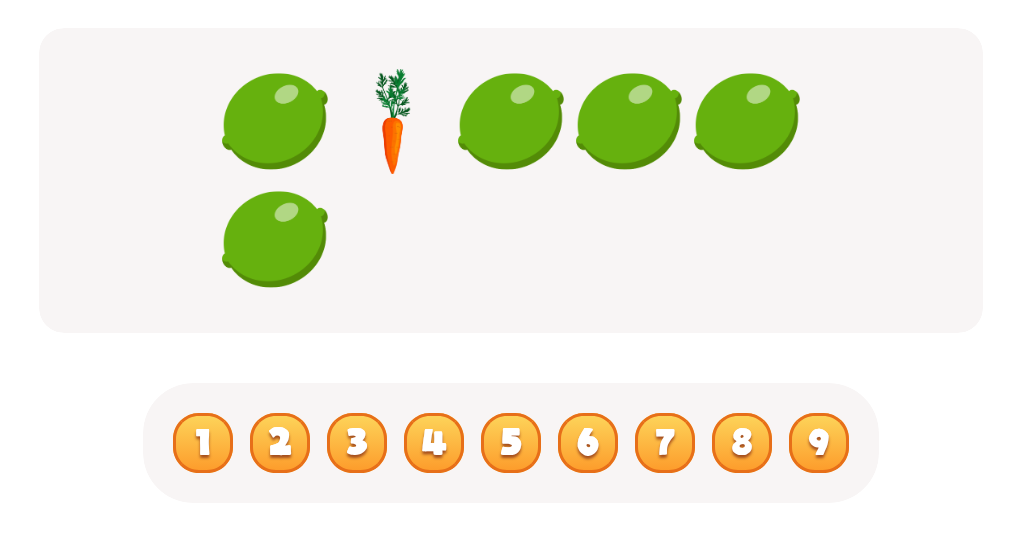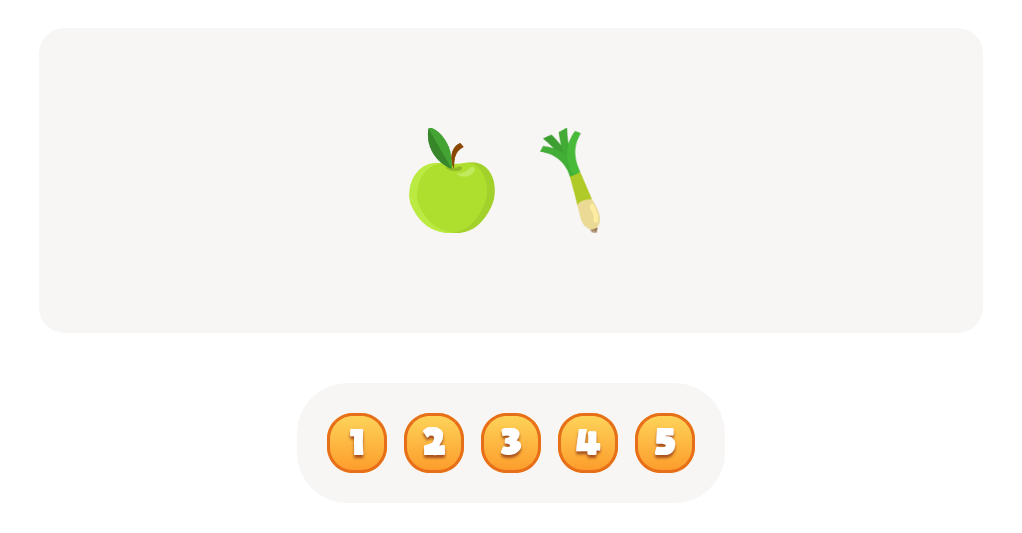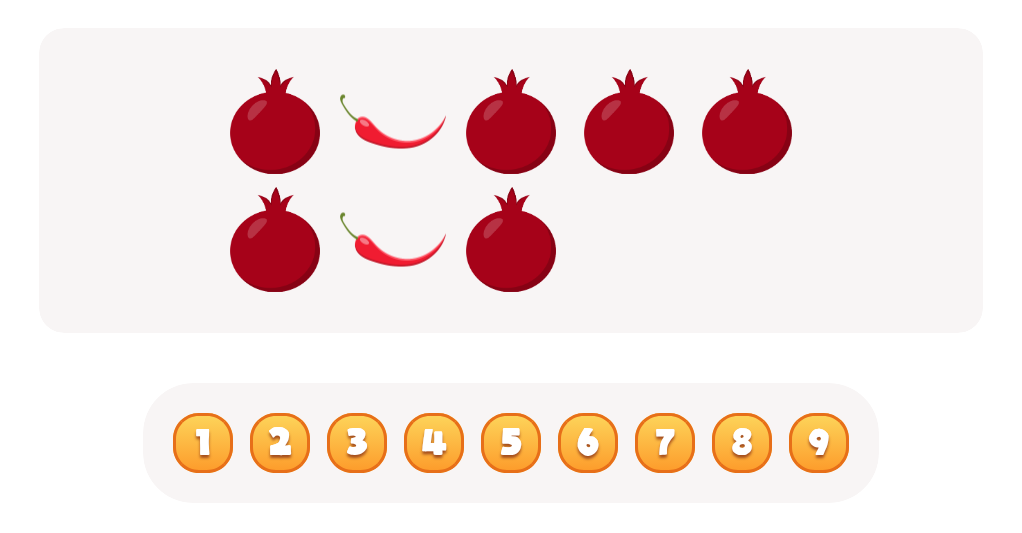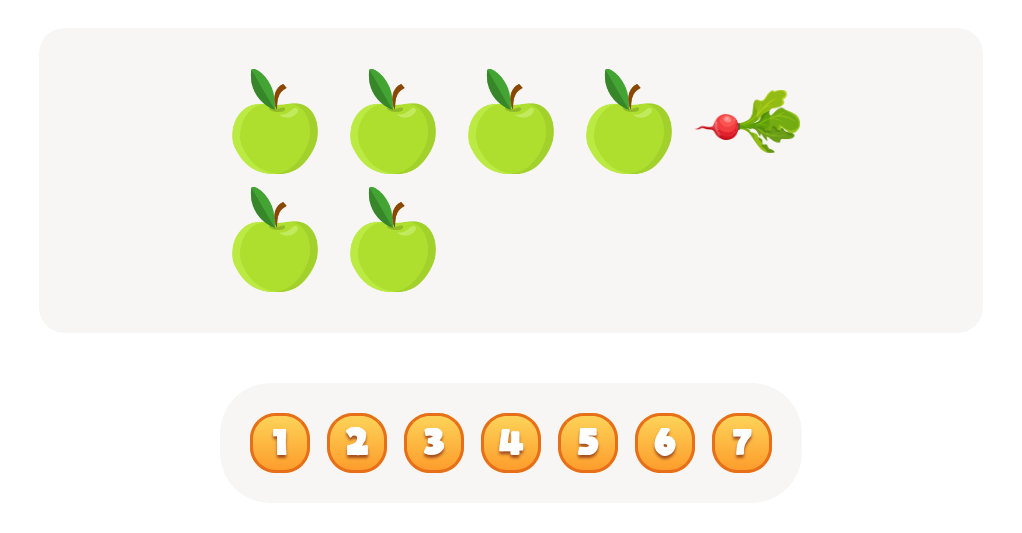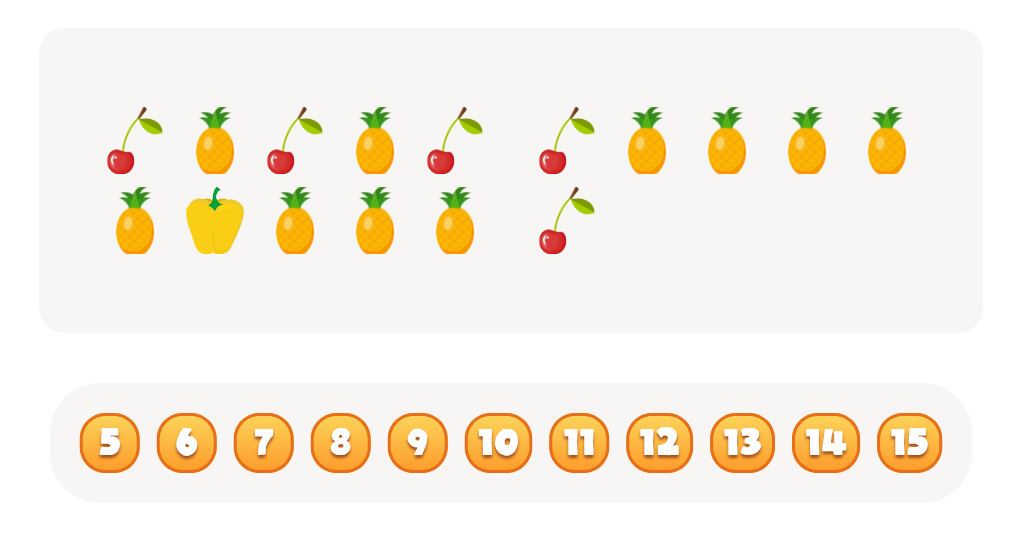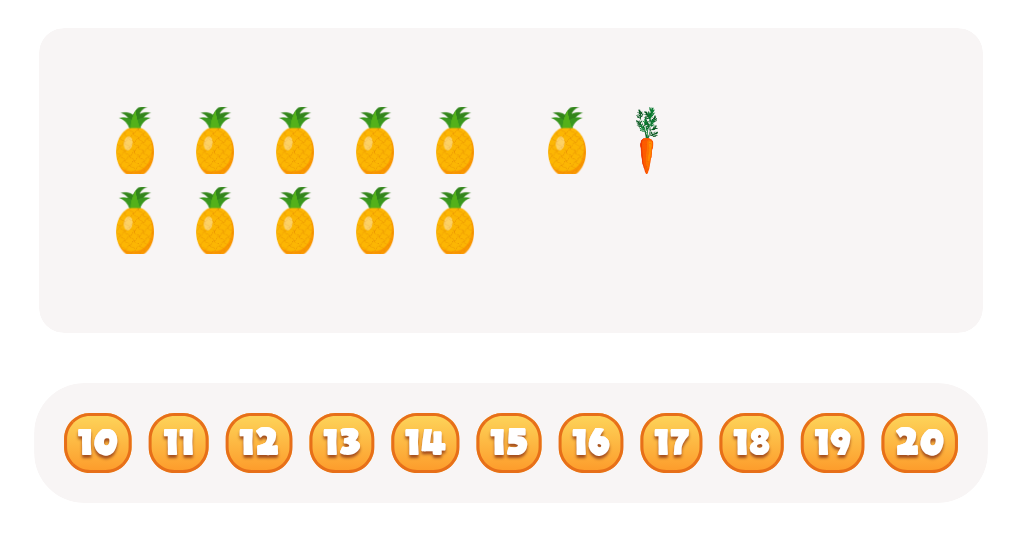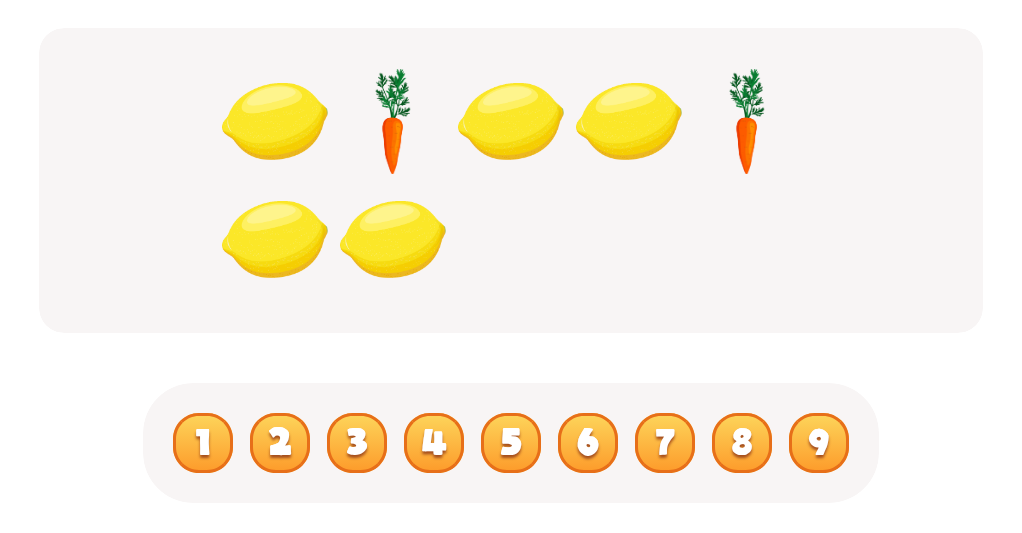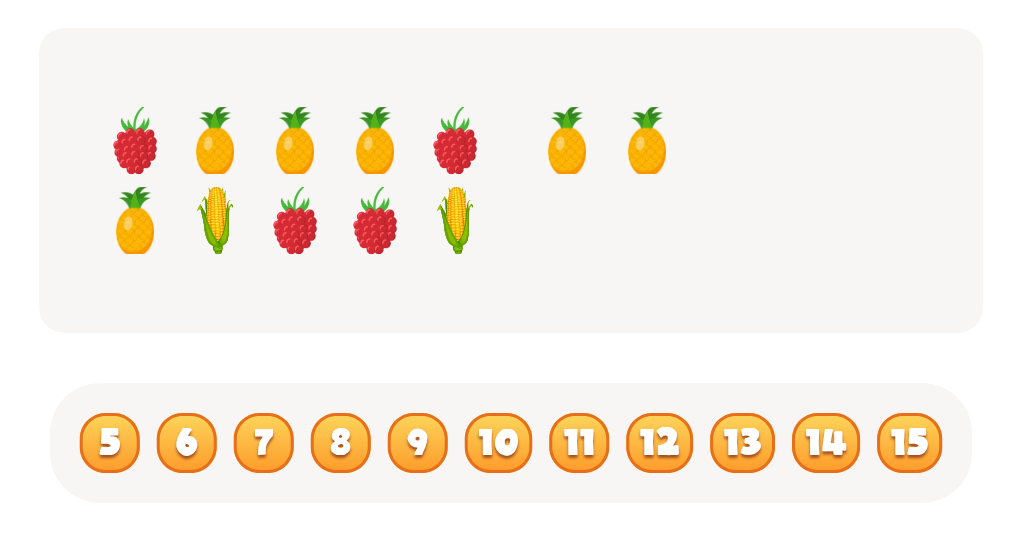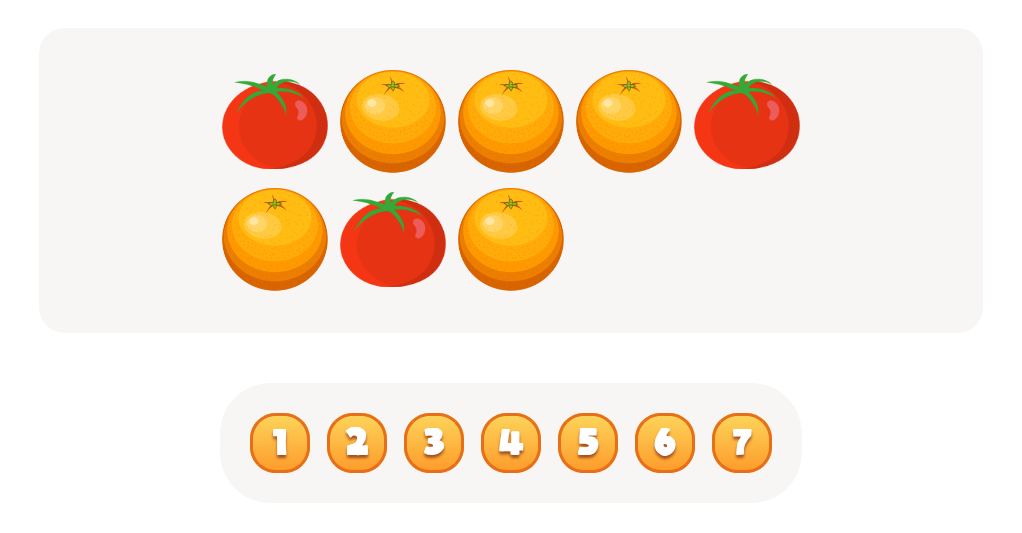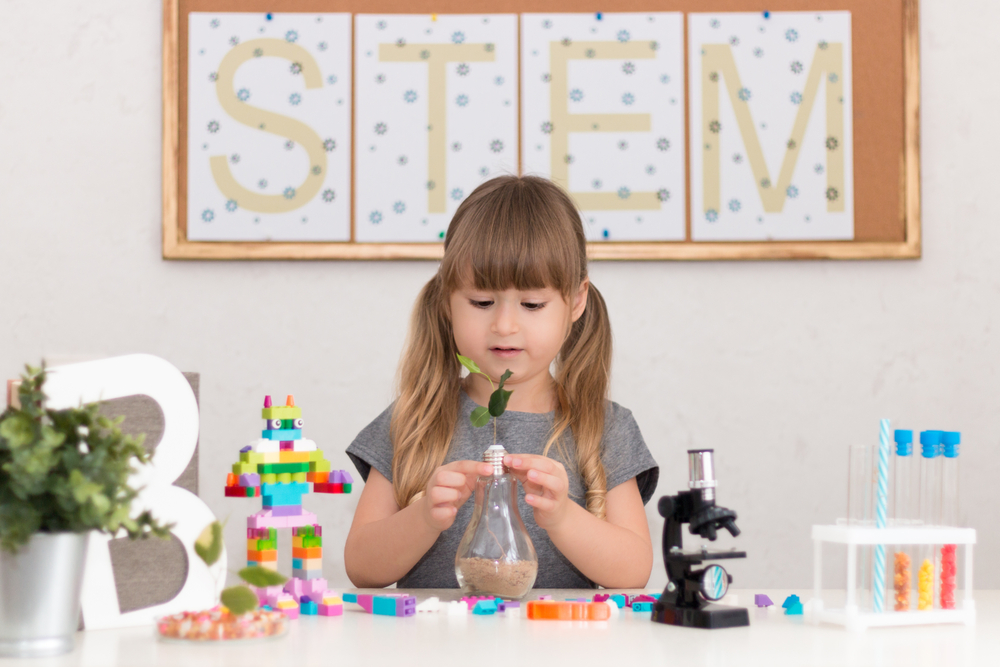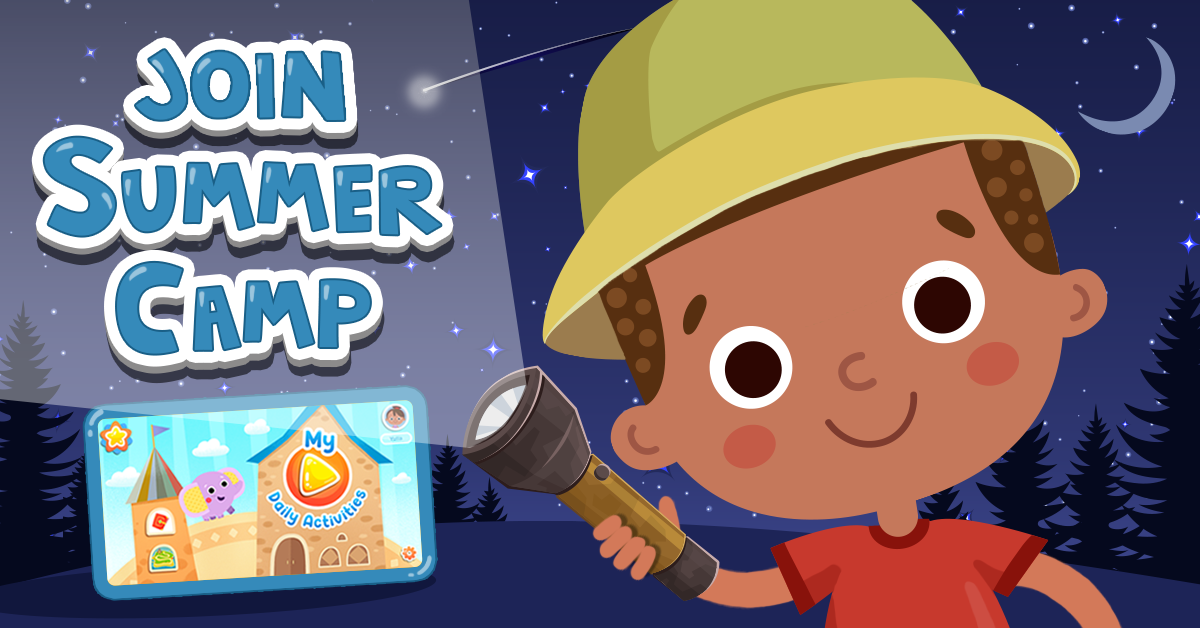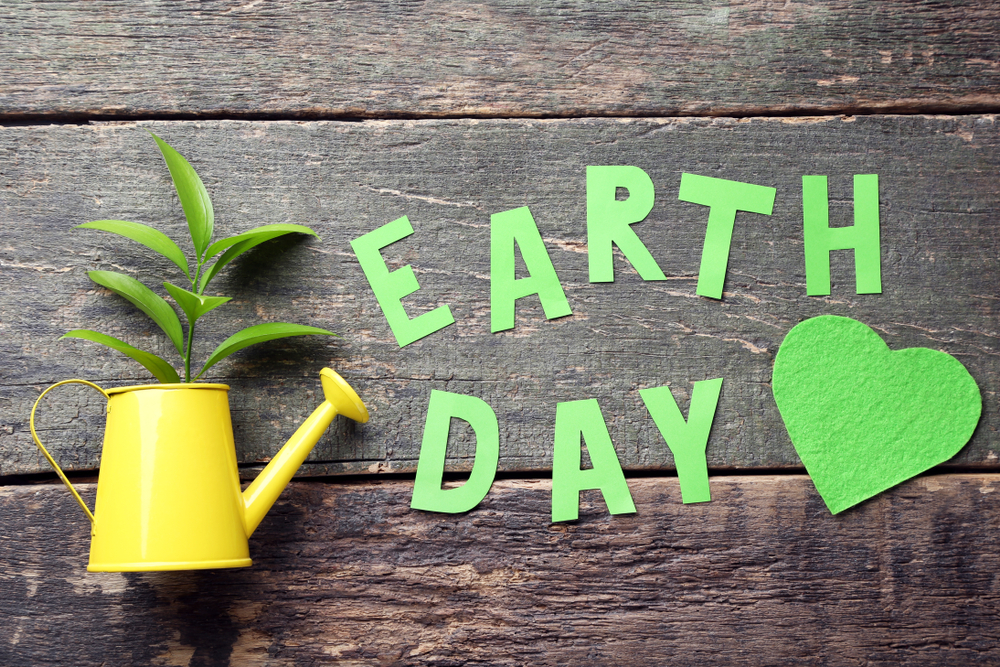Cognitive Development Normal Plants and Animals Worksheets for Ages 3-9
8 filtered results
-
From - To
Discover our engaging "Cognitive Development Normal Plants and Animals Worksheets" designed for children aged 3-9! These carefully crafted worksheets promote cognitive skills by encouraging young learners to explore the fascinating world of plants and animals. Through fun exercises, children will identify different species, understand their habitats, and explore life cycles, fostering critical thinking and observation abilities. Our worksheets are perfect for both classroom and home use, providing an interactive approach to learning. With vibrant illustrations and age-appropriate content, these resources not only support cognitive growth but also instill a love for nature. Start your child's educational journey with us today!
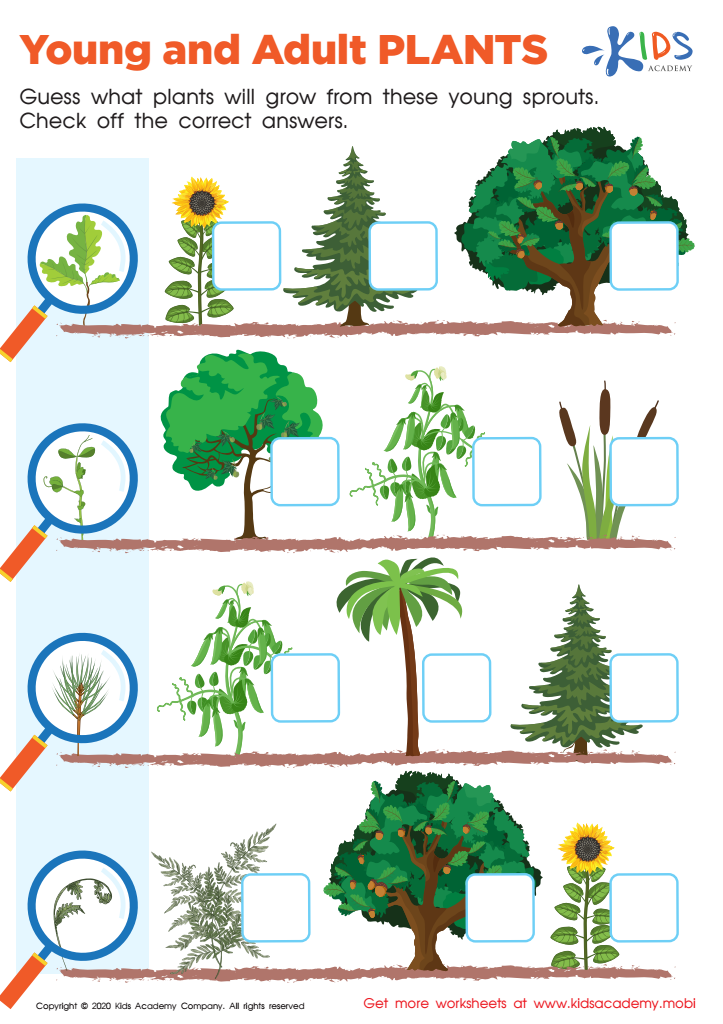

Young and Adult Plants Worksheet
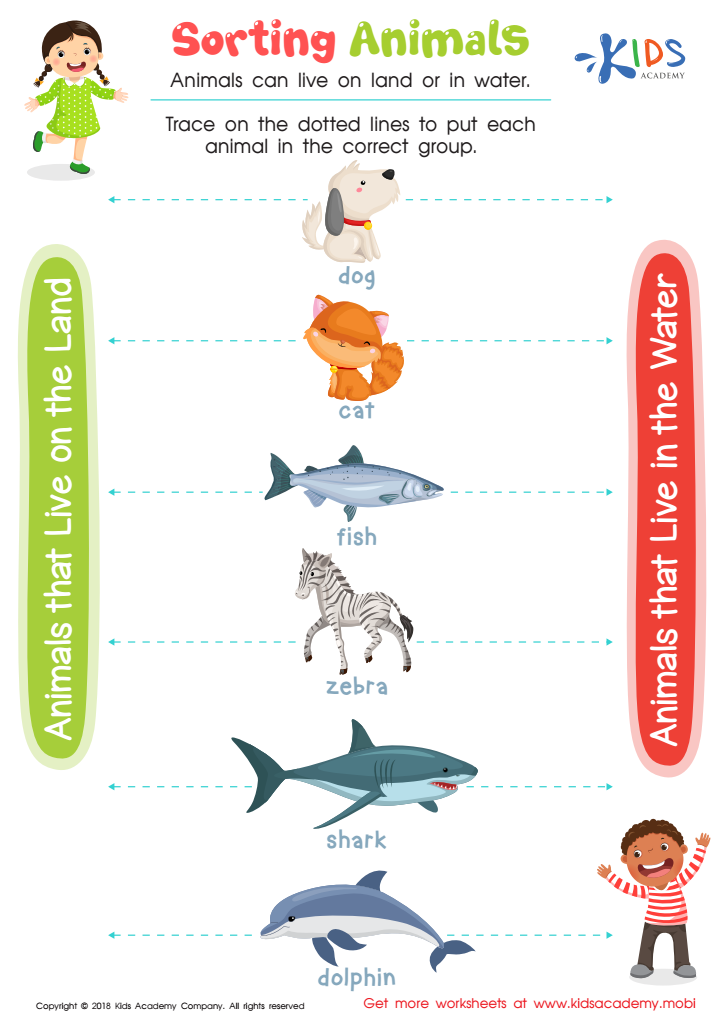

Sorting Animals Worksheet
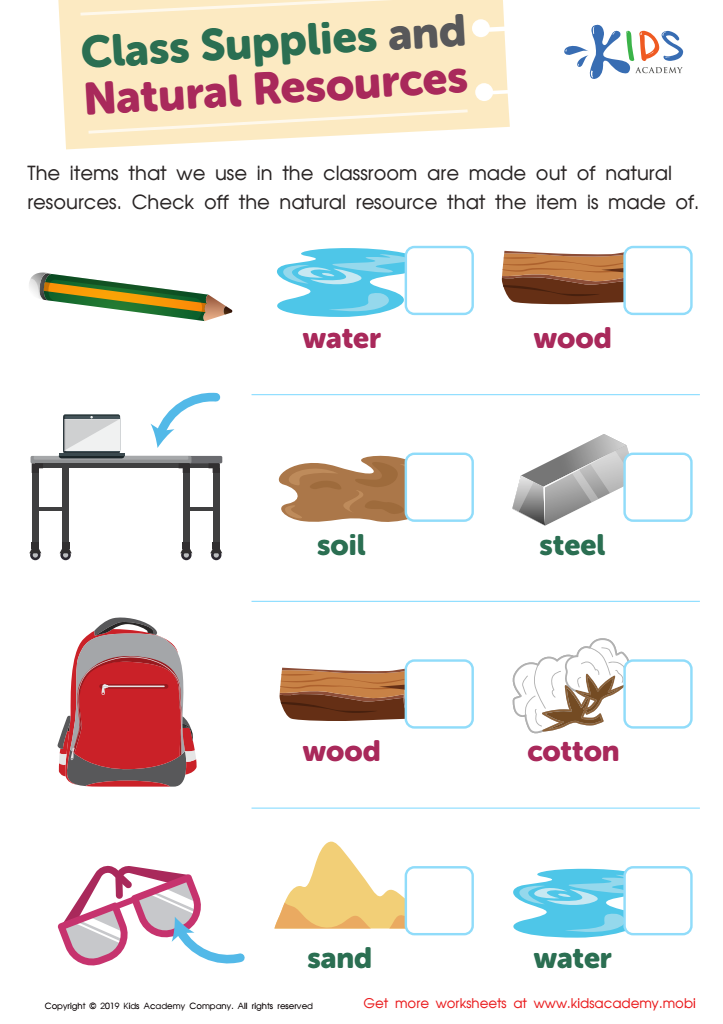

Class Supplies and Natural Resources Worksheet
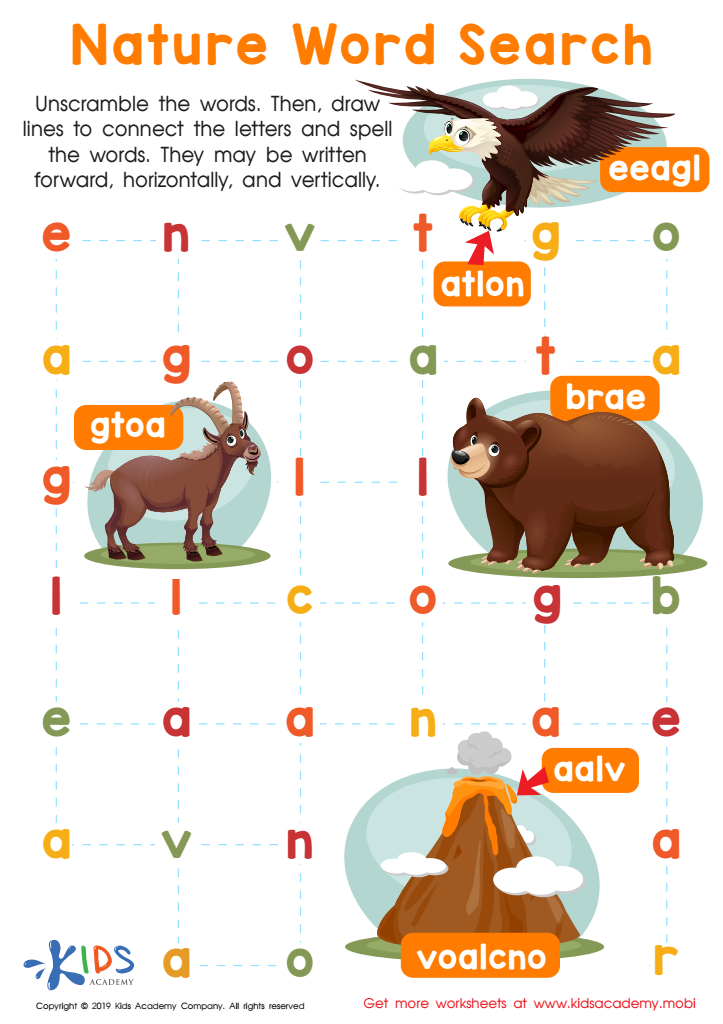

Nature Word Search Worksheet
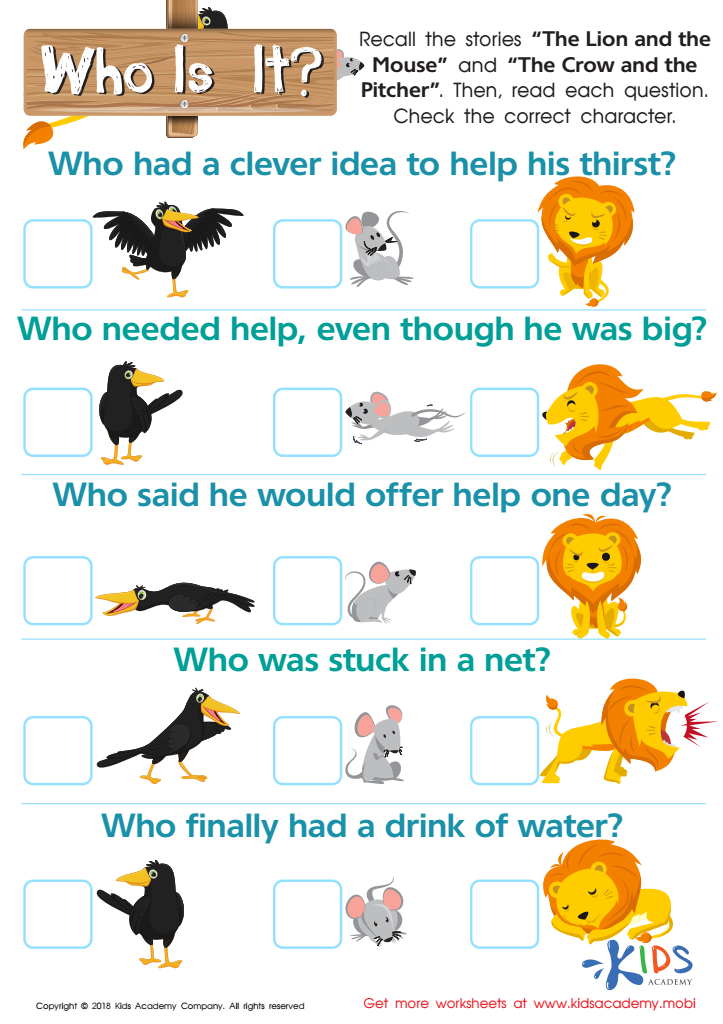

Who Is It? Worksheet
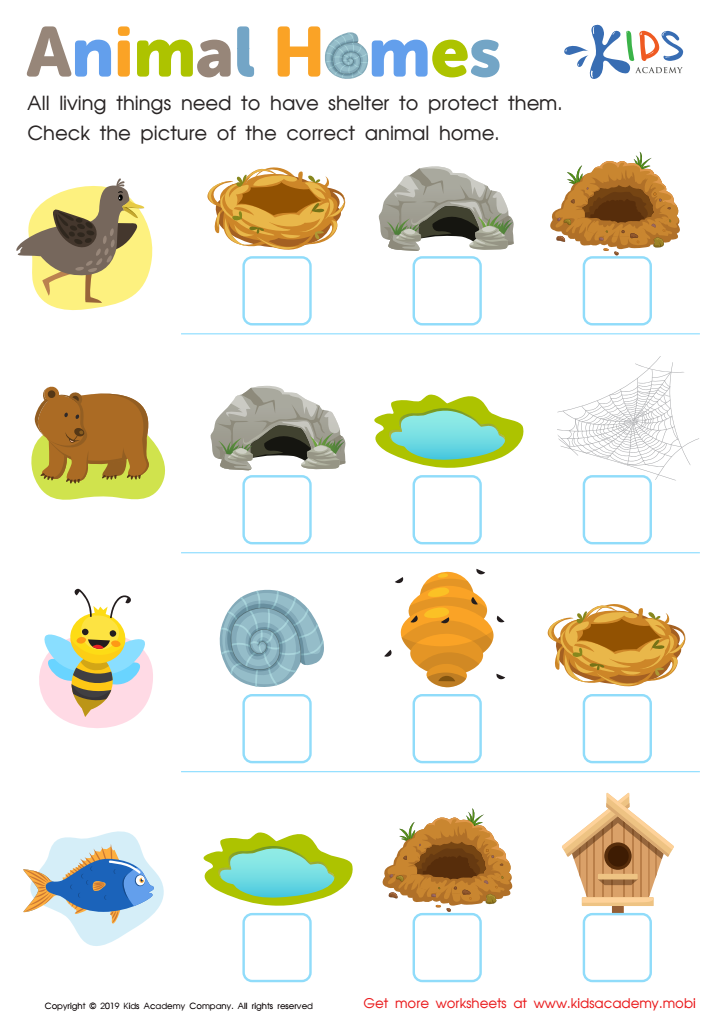

Animal Homes Worksheet
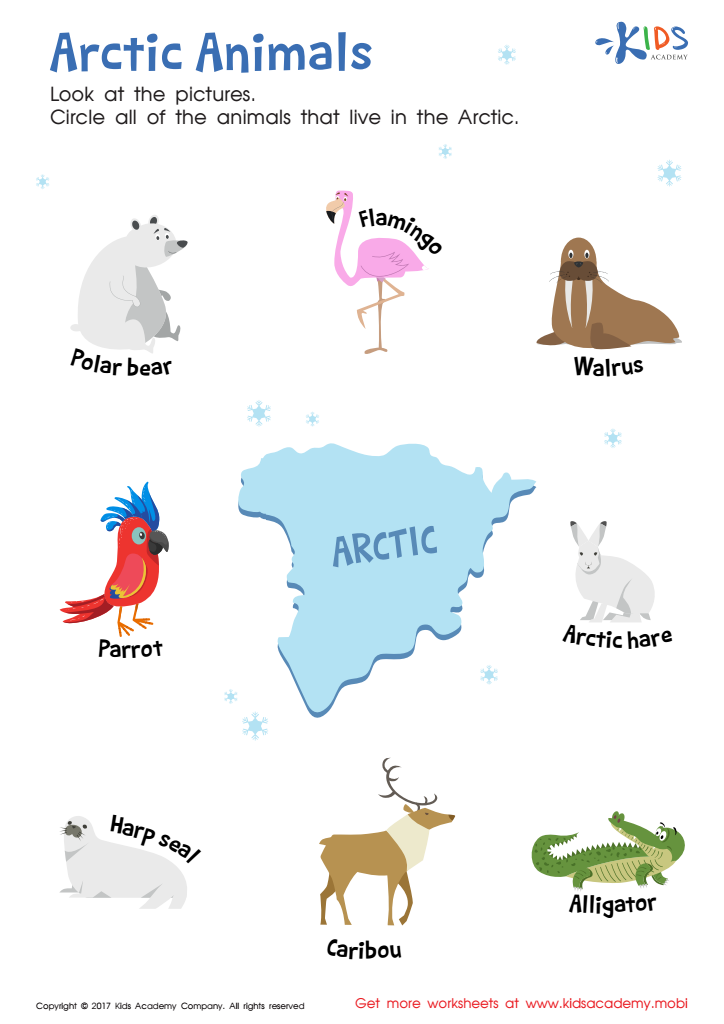

Arctic Animals Worksheet
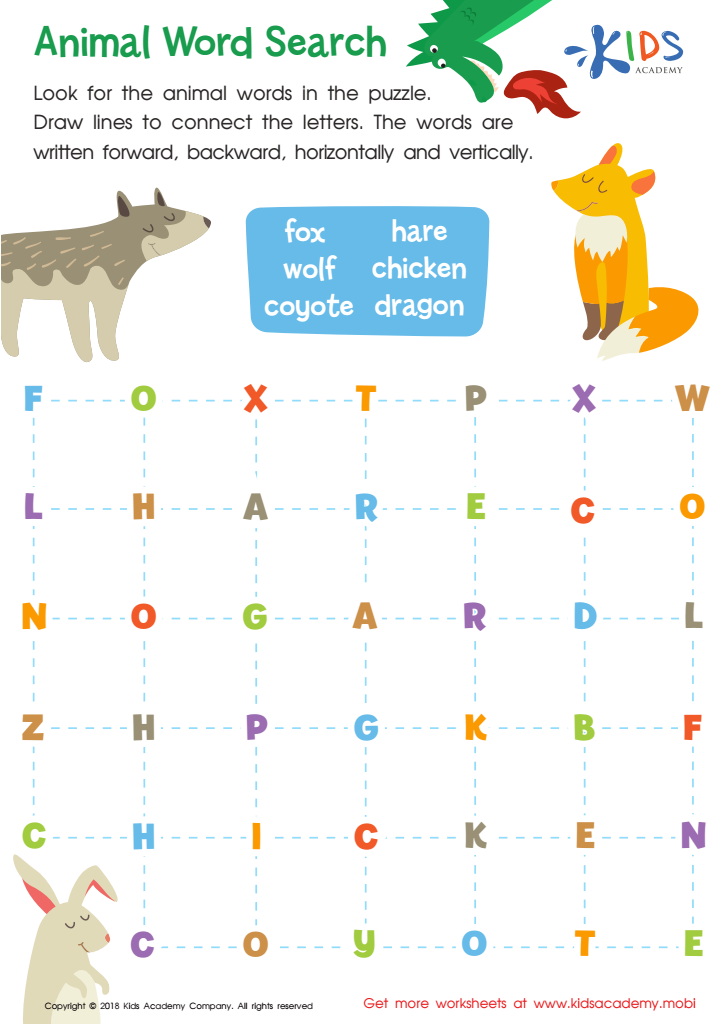

Animal Word Search Worksheet
Cognitive development in early childhood is crucial as it lays the foundation for skills in reasoning, problem-solving, and understanding the world. When it comes to plants and animals, children aged 3-9 are naturally curious and eager to explore. This phase is essential for developing their cognitive abilities through hands-on learning experiences.
Parents and teachers should care because early exposure to the natural world enhances critical thinking and observation skills. Learning about plants and animals encourages children to ask questions, categorize different species, and understand basic biological concepts, fostering creativity and innovation. Significant cognitive milestones, such as symbolic thought and logical reasoning, often emerge in relation to these subjects.
Additionally, engagement with nature promotes emotional well-being. Familiarizing children with plants and animals cultivates empathy, responsibility, and environmental stewardship, ultimately fostering a connection to the natural world. This helps in developing not just cognitive skills, but also socio-emotional competencies.
Moreover, structured activities involving plants and animals can provide a rich context for integrating various learning areas such as science, art, and literacy. Ultimately, recognizing the importance of cognitive development related to plants and animals equips children with essential skills for lifelong learning and raises awareness about biodiversity and the importance of conservation.
 Assign to My Students
Assign to My Students
